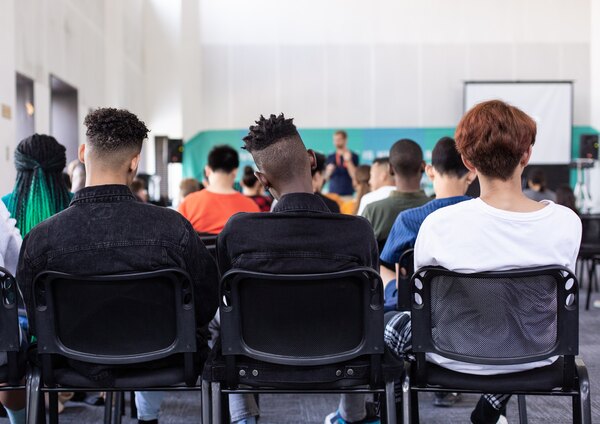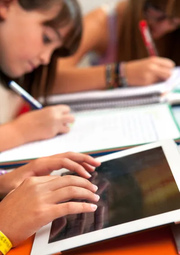How Innovation in the Education Sector Empowers Children and Students
Innovation in education has become increasingly important as we strive to give our children and students the best possible chance of success by equipping them with the right skills and knowledge. More teachers and educators harnessing innovative tools, methods, and approaches in their core teaching practice.
This gives learners greater access to learning opportunities whether they be at school or through remote learning platforms like online courses. From personalized instruction plans to virtual classrooms for collaboration, modern technology is transforming traditional face-to-face teaching into an engaging digital experience that unlocks more possibilities for student growth.
In this blog post, we’ll explore how innovation within the education sector is helping empower children and students while offering insightful tips on how teachers can use innovative strategies to bring out their pupils’ fullest potential.
The Benefits of Innovation in Education for Children and Students
Innovation in education can have numerous benefits for both children and students. It can create an environment of creativity and critical thinking, allowing individuals to approach problems with fresh perspectives and develop new ideas.
Through technological advancements and new teaching methods, students can have access to a wider range of resources and platforms to support their learning. Innovation can also help bridge gaps in education, providing equal opportunities for students from all backgrounds to succeed.
Technology-driven Learning Solutions to Support Student Engagement
In the ever-evolving digital age, technology has become an integral part of college education. With a BYOD model, the so-called bring your own device model, students can use their own devices to complete coursework and collaborate with peers. Technology-driven learning solutions are changing the way students interact with course material, providing more personalized learning experiences.

Implementing a variety of multimedia tools, such as videos, interactive quizzes, and virtual classrooms can engage students and enhance their understanding of the topic. These innovative solutions promote student engagement and reflection, creating a collaborative learning environment where students can explore complex concepts and apply them to real-life situations.
Virtual Learning Platforms for a Comprehensive Education Experience
With virtual learning platforms, one can gain access to comprehensive educational resources, including videos, animations, interactive programs, and more. The beauty of these platforms is that they can be easily personalized to suit an individual’s learning style and preferences.
Whether you are a student looking to enhance your skills or a professional seeking to advance your career, virtual learning platforms provide a flexible and engaging way of learning. Therefore, whether you want to brush up on your coding skills or learn a new language, a virtual learning platform can provide you with a comprehensive and enriching educational experience.
Augmenting Entertainment with Learning Through Gamification
Gone are the days of boring textbooks and tedious lectures. With gamification, learning is no longer confined to the classroom, it has infiltrated the entertainment industry. Through educational games and interactive activities, children and students alike can expand their knowledge and skills while having fun.
Imagine exploring a virtual world that teaches geography and history, or solving math problems through a puzzle game. These innovative methods not only engage students but also enhance their critical thinking and problem-solving abilities. In a world where technology reigns supreme, gamification is paving the way for a more exciting and effective approach to education.
Incorporating AI and Machine Learning Technologies in the Classroom
Incorporating AI and machine learning technologies in the classroom can undoubtedly reignite the way children learn and make education more personalized for each student. With intelligent tutoring systems using natural language processing, teachers can receive real-time feedback on how each student is progressing and can provide personalized guidance. This not only helps students grasp concepts faster but also enables teachers to use data-driven insights to create better lesson plans.
Moreover, AI-powered tools allow students to tailor their learning experience to their individual needs, which could help make education more engaging and thus reduce dropout rates. There’s no doubt that these technologies bring a new and exciting chapter to education and it will be interesting to see how it evolves in the future.

As schools make strides to take learning beyond the traditional classroom to provide students with technological solutions, augment their current curriculum, and create more collaborative experiences online, the long-term effects of education innovation will be seen in an increase in higher student achievement and a robust future school system.
Education leaders must understand the power of technology and continue to develop creative ways to use it. With programs like AI-driven assessment tools, learning systems that move away from paper and pencil, virtual learning platforms, user-generated content models, and interesting opportunities for game-based learning initiatives within classrooms, educators should be excited by the possibilities for advancements in educational outcomes that rapidly changing technologies can bring. With that said, the time is now to take action; and create integrative environments where students can foster lifelong skills such as problem-solving and communication through innovative learning experiences.




